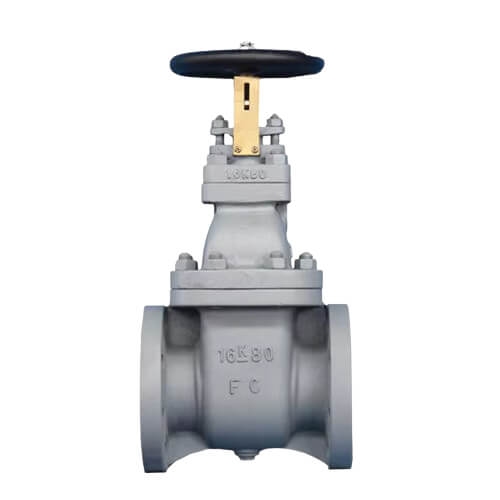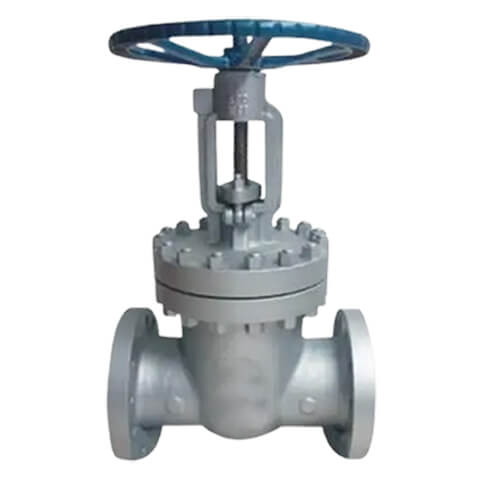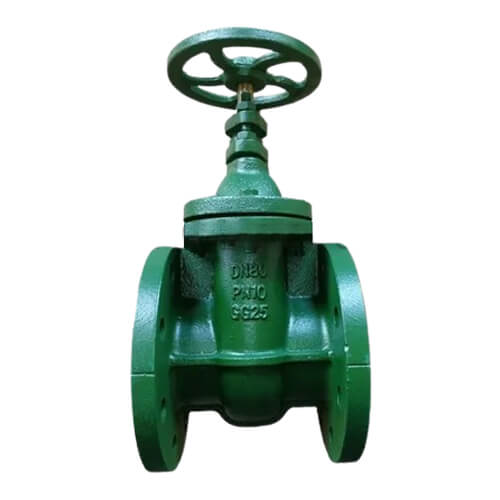Gate valves are a cornerstone of marine engineering, designed to control the flow of liquids and gases within shipboard piping systems. Their robust design and ability to provide full, unobstructed flow make them vital for various critical applications on vessels. Unlike globe or butterfly valves, gate valves operate by lifting or lowering a gate to start or stop fluid flow.
Key Uses of Gate Valves in Marine Systems
Fluid Isolation and System Control:Gate valves are essential for isolating specific sections of piping during maintenance, repairs, or emergencies. By providing a secure shut-off, they allow engineers to work on parts of the system without draining entire pipelines. This capability is particularly crucial for reducing downtime and maintaining operational efficiency during long voyages.
Ballast Water Management:Maintaining vessel stability is a top priority for marine operators. Gate valves control the intake and discharge of ballast water, ensuring ships remain balanced as cargo loads change. By regulating ballast flow, gate valves help vessels meet international stability and ballast water treatment regulations, contributing to safer maritime operations.
Engine Cooling Systems:Marine engines and auxiliary machinery rely on seawater for cooling. Gate valves manage the flow of seawater through cooling systems, preventing overheating and ensuring engines operate at optimal temperatures. Their full bore design minimizes flow restriction, allowing sufficient cooling water to pass through even under high demand.
Onboard Fire Protection Systems:In the event of a fire, immediate access to large volumes of water is critical. Gate valves serve as integral components in fire suppression pipelines, allowing water to be directed quickly to different parts of the ship. Their ability to handle high-pressure environments makes them indispensable in fire main systems, boosting crew confidence and vessel safety.
Fuel and Oil Distribution:Gate valves play a vital role in controlling the movement of fuel and lubricants across marine systems. Whether directing fuel to engines or managing oil flow to auxiliary equipment, these valves ensure precise delivery, reducing the risk of leaks and operational inefficiencies.

Advantages of Gate Valves in Marine Environments
Full Bore Flow: When fully opened, gate valves eliminate flow restrictions, reducing pressure drops and enhancing the efficiency of fluid transfer. This characteristic is especially important for high-capacity pipelines, such as those used in ballast and firefighting systems.
Robust and Durable Construction: Marine gate valves are typically constructed from corrosion-resistant materials such as stainless steel, bronze, or specialized alloys. This ensures they withstand the harsh, salt-laden marine environment without succumbing to rust or degradation.
Effective Sealing and Leakage Prevention: Gate valves provide a tight seal when fully closed, significantly reducing the risk of leakage. This enhances safety in fuel lines, preventing potential hazards and ensuring operational integrity.
Versatility: Gate valves can handle a wide range of fluids, including seawater, oil, fuel, and steam, making them versatile across different shipboard systems.

Considerations for Marine Gate Valves
While gate valves offer many benefits, selecting the right type for marine applications requires careful consideration of factors such as pressure ratings, valve size, material composition, and operational requirements. Regular inspection and maintenance are essential to ensure long-term performance, as sediment buildup or corrosion can affect valve operation over time.

Post time: Jan-08-2025
